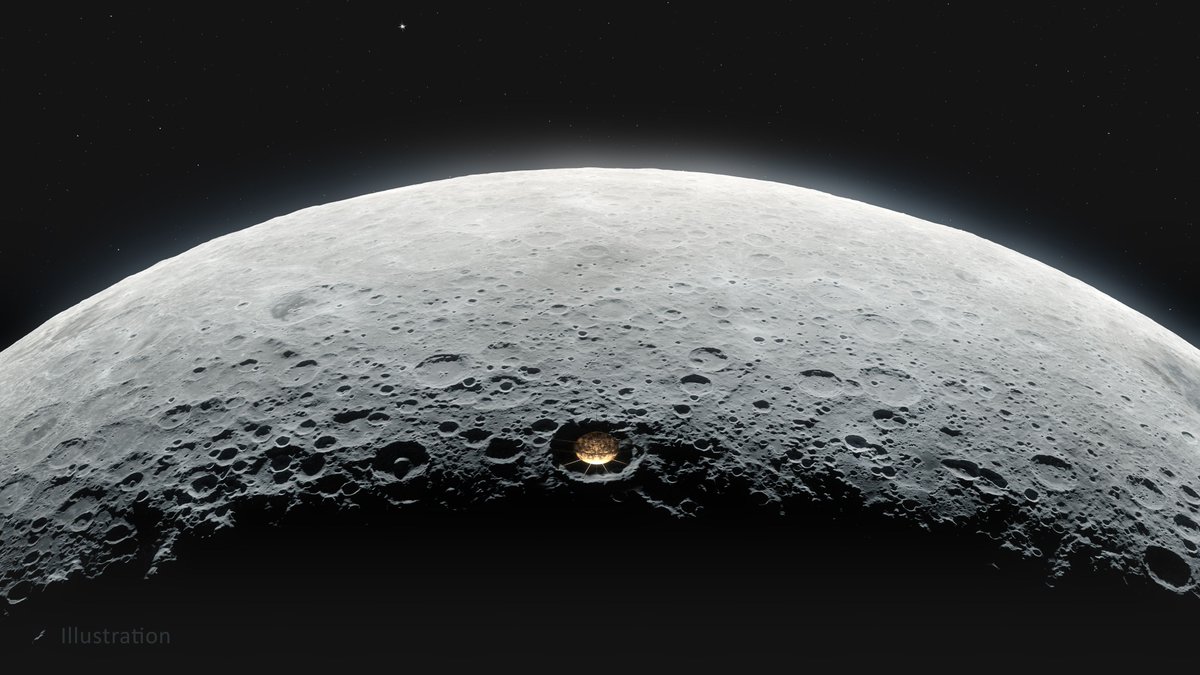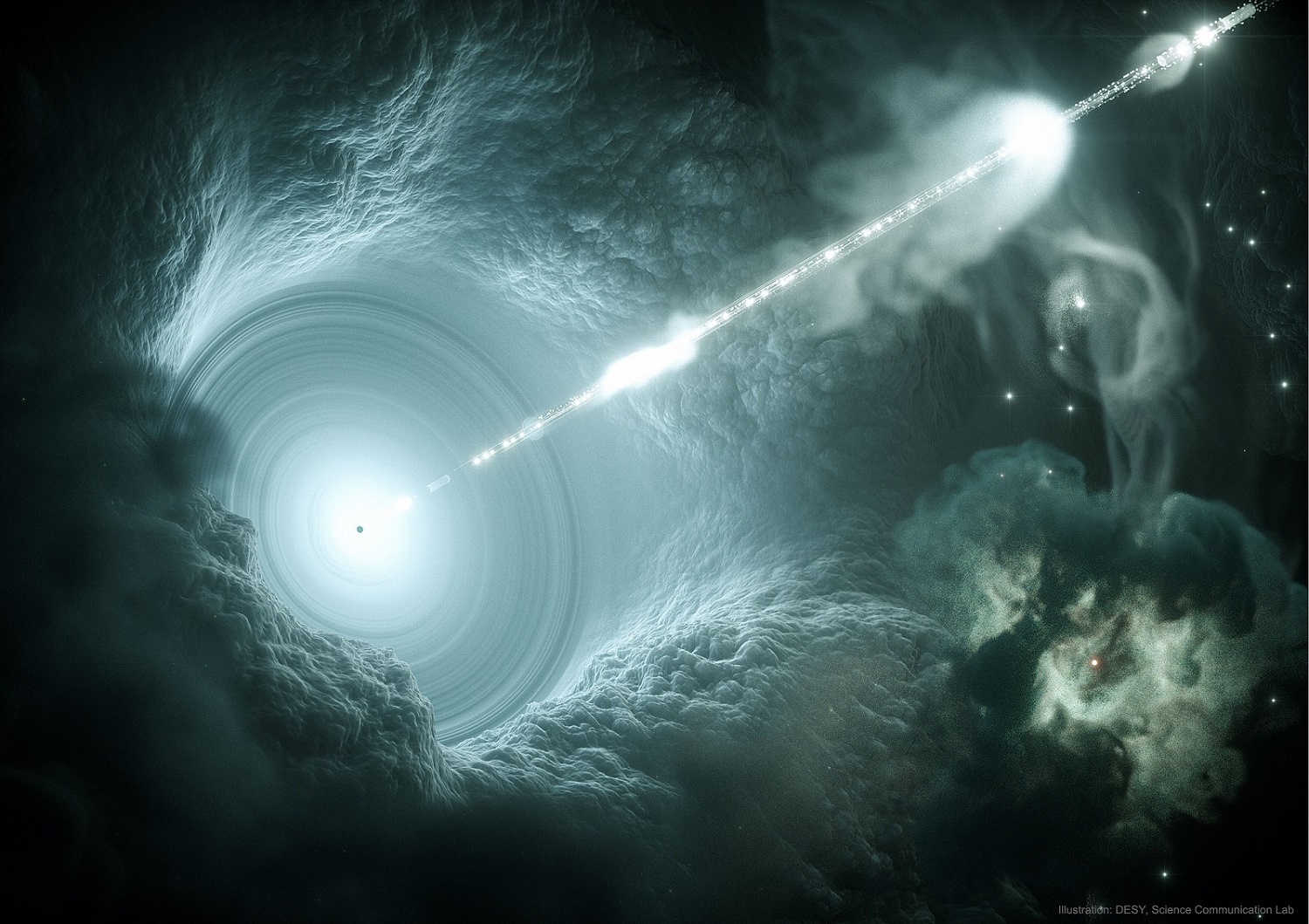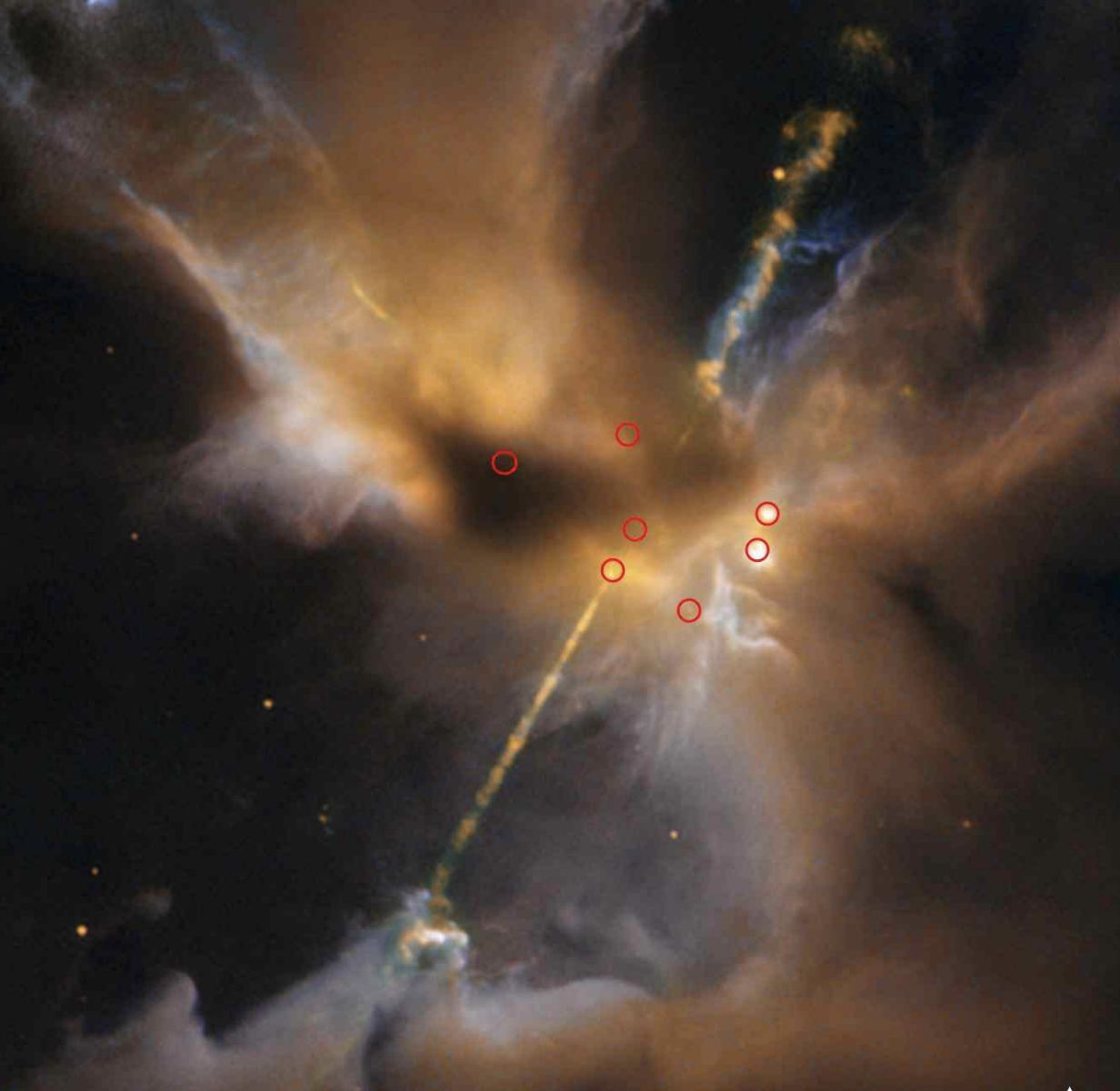Astronomers have not yet been able to map large portions of the radio emissions from our universe because of interference from the Earth itself. A team of astronomers hopes to change that, beginning with the LuSEE Night mission to the far side of the Moon. It will launch in 2025 and chart a new pathway to Lunar observatories.
Continue reading “Astronomers Prepare to Launch LuSEE Night, A Test Observatory on the Far Side of the Moon”Molecular Clouds Have Long Lives By Constantly Reassembling Themselves
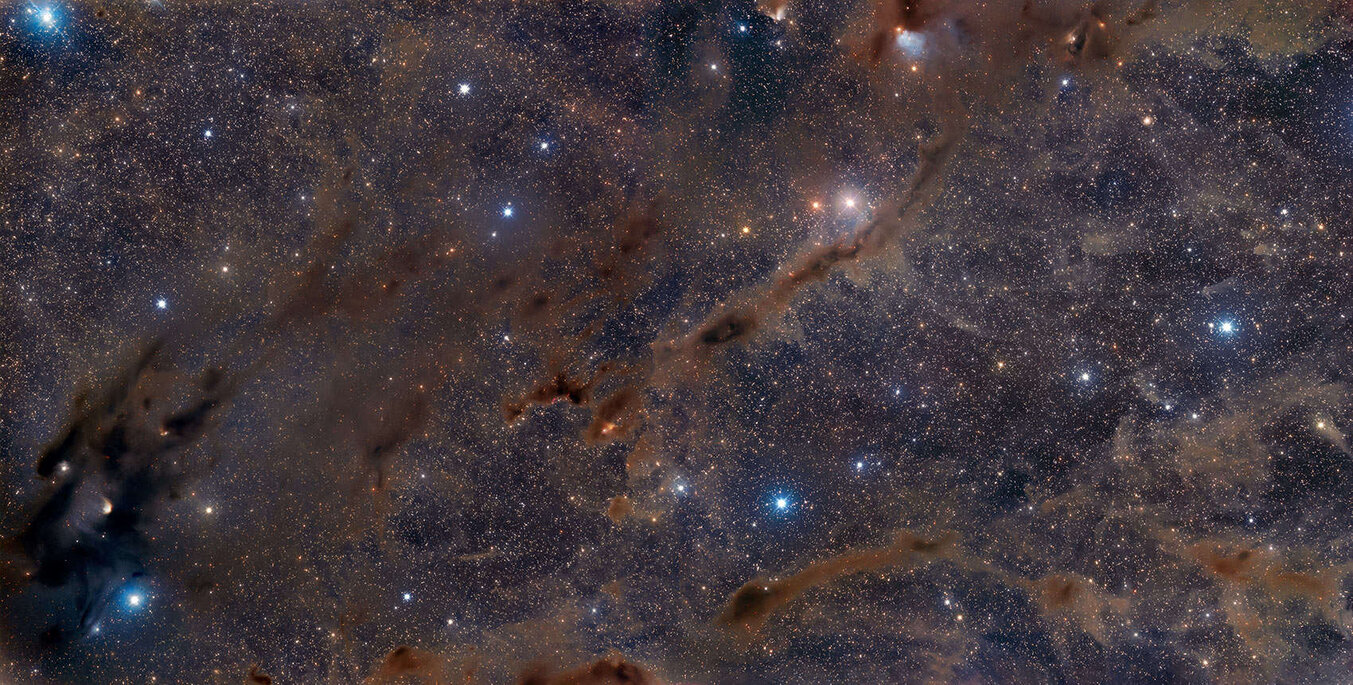
Astronomers have recently discovered that giant clouds of molecular hydrogen, the birthplace of stars, can live for tens of millions of years despite the facts that individual molecules are constantly getting destroyed and reassembled. This new research helps place a crucial piece of understanding in our overall picture of how stars are born.
Continue reading “Molecular Clouds Have Long Lives By Constantly Reassembling Themselves”Using the Shadows of Clusters to Measure the Universe
Astronomers have begun using a sophisticated suite of simulations, an advanced machine learning model of the formation of galaxy clusters, and an exotic relationship between galaxies to understand the origins of dark matter and dark energy.
Continue reading “Using the Shadows of Clusters to Measure the Universe”How did Dimorphos Form?
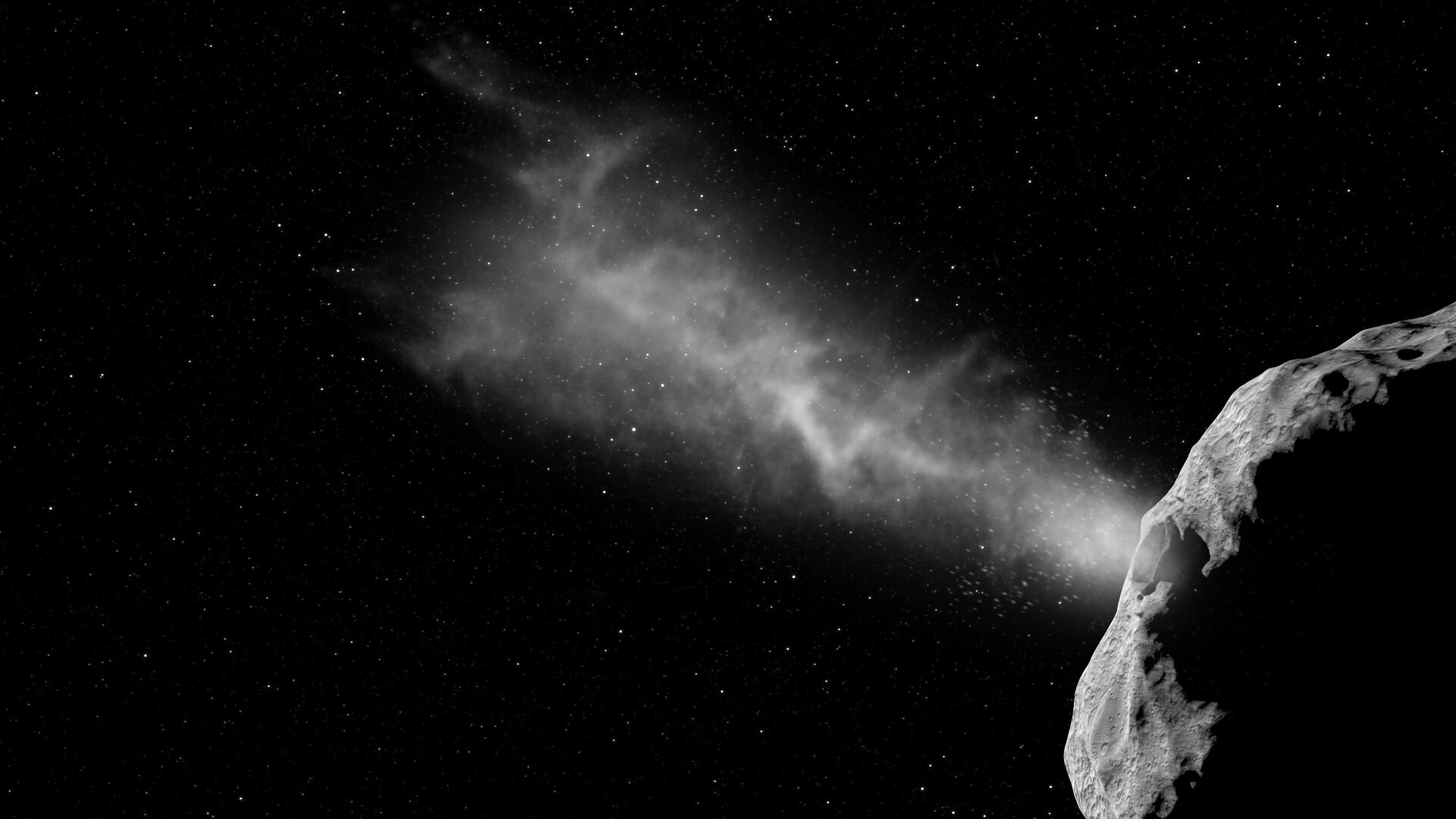
The otherwise unremarkable double asteroid of Didymos and Dimorphos made headlines as the target of NASA’s successful Double Asteroid Redirect Test (DART) mission. With new details about the system emerging, astronomers have put together a hypothesis of how this strange double asteroid came to be.
Continue reading “How did Dimorphos Form?”How Crazy Magnetic Fields Drive the Sun Mad
Solar coronal jets are fast moving plumes of plasma that erupt suddenly from the polar regions of the Sun. Astronomers believe that these help heat up the solar corona, but the physics behind the formation of these jets is poorly understood. Recently a team of astronomers have used observations with the Solar Dynamic Observatory and the Solar Orbiter to discover that multiple intertwining magnetic fields that connect and reconnect can power these fast moving jets.
Continue reading “How Crazy Magnetic Fields Drive the Sun Mad”Astronomers Spot an Orphaned Protostar
Astronomers have performed an impressive suite of observations at multiple wavelengths of the same system, dubbed the HH 24 complex. This complex hosts stars in the process of being born and the impacts of their violent interactions with each other, including the ejection of one of their siblings.
Continue reading “Astronomers Spot an Orphaned Protostar”How Life Reshapes the Habitable Zone
Astronomers are very interested in the Habitable Zone of distant stars, which is the orbital radius where liquid water, and therefore potentially life, can exist on a planet in that region. But life itself changes the characteristics of a planet. New research suggestions that life is even capable of redefining what the Habitable Zone can mean.
Continue reading “How Life Reshapes the Habitable Zone”Astronomers Begin to Understand Strange “Backsplash” Galaxies
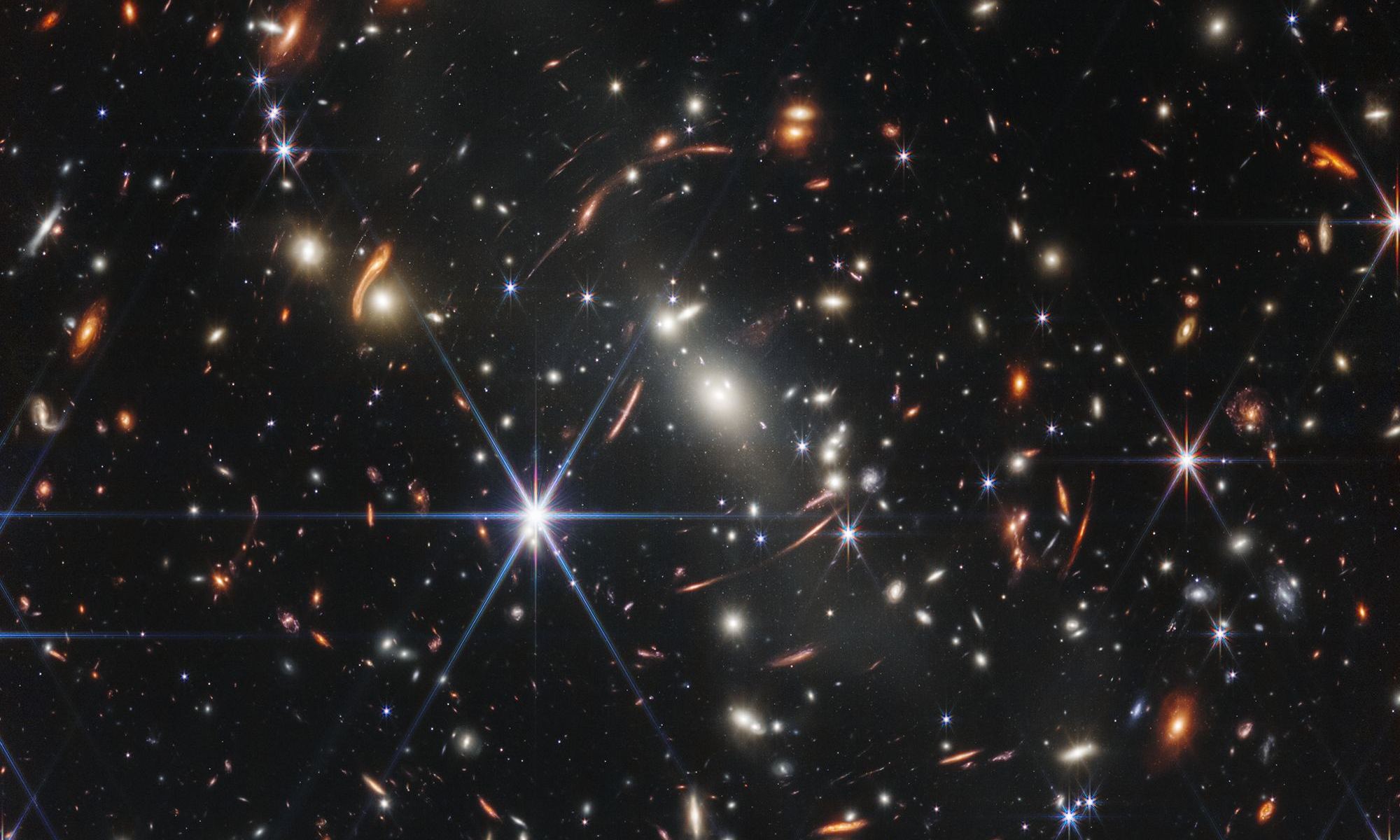
Clusters of galaxies do not appear in an instant. Instead they gradually form through the accumulation of many galaxies. But when galaxies fall in they don’t just stop moving. Instead, they keep moving around. These are called backsplash galaxies, and astronomers are using them to help understand the formation history of their home clusters.
Continue reading “Astronomers Begin to Understand Strange “Backsplash” Galaxies”How a Rotating Universe Makes Time Travel Possible
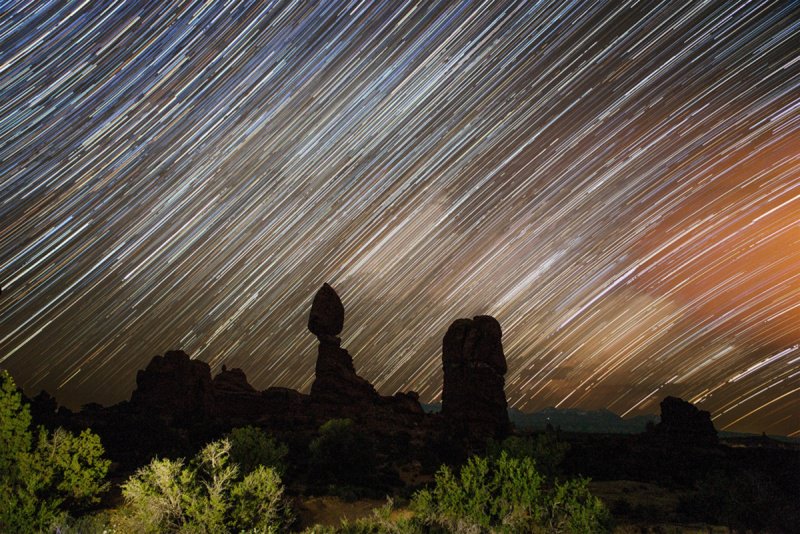
It turns out that time travel into the past is actually relatively easy. All you need to do is make the universe rotate.
Continue reading “How a Rotating Universe Makes Time Travel Possible”Blue Straggler Stars are Weird
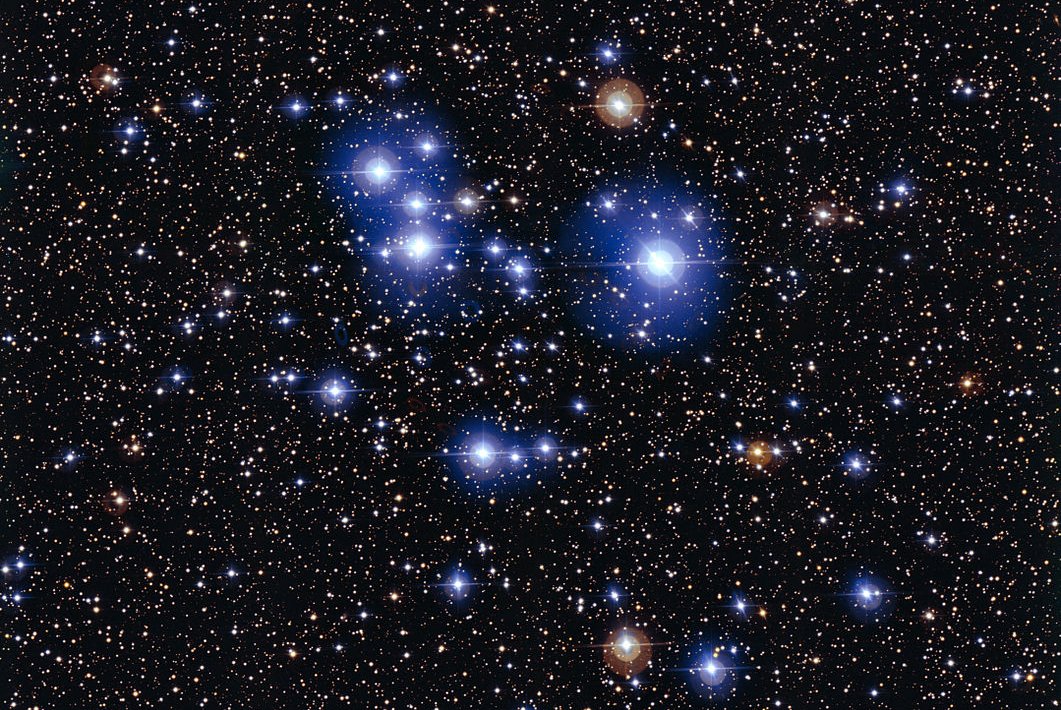
All stars follow a particular path in their lives once they start fusing hydrogen. As they live they steadily get brighter and hotter until they turn to fusing other elements. Every star follows this exact same path…except the blue straggler stars.
Continue reading “Blue Straggler Stars are Weird”
